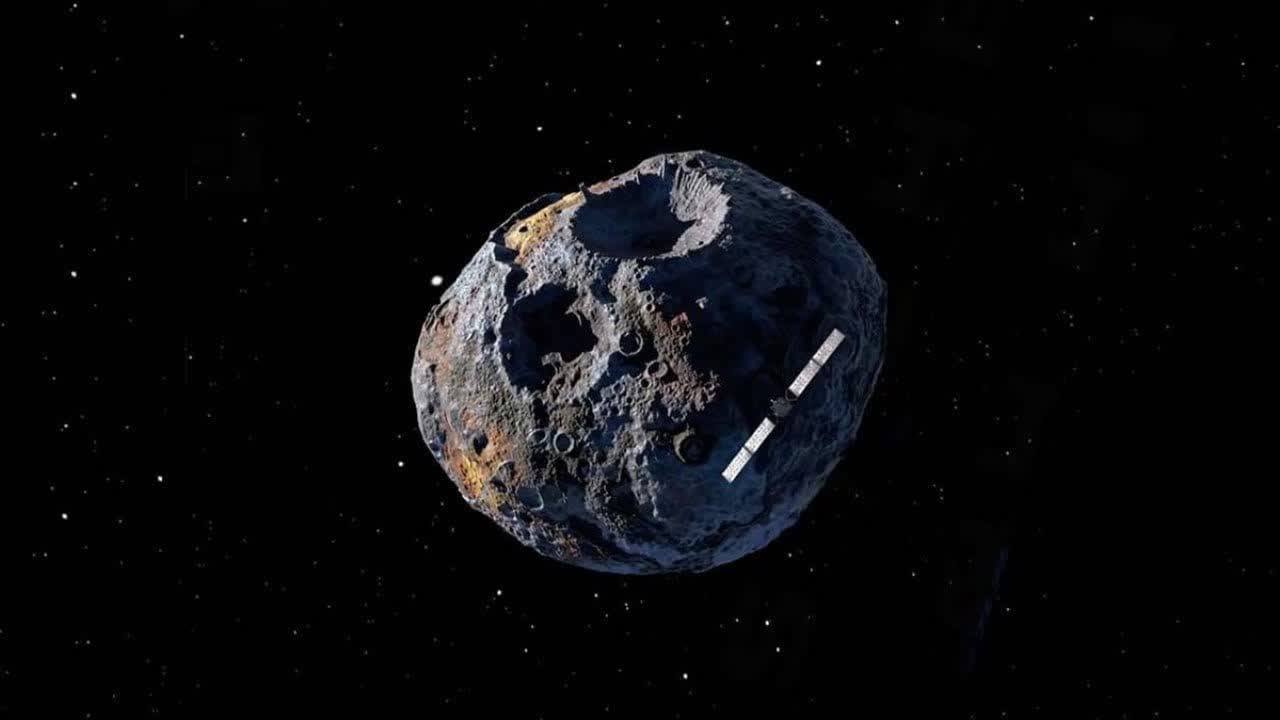Something to look forward to: Evidence from recent Hubble Telescope data indicates that a massive and dense asteroid floating in the solar system's asteroid belt might actually be the core of a proto-planet, smashed and exposed billions of years ago. NASA plans to visit this could-be-core, reaching it as early as 2026 and orbiting it for observation for almost two years.
The Hubble Telescope recently spent time observing an asteroid of particular interest to the scientific community located out in the solar system's asteroid belt between Mars and Jupiter. The space rock is novel for its massive size, approximately the length of Massachusetts, and its composition of metal and silicate rock.
Originally discovered in 1852 by Italian astronomer Annibale de Gasparis, the asteroid was named "16 Psyche" as the 16th ever observed. It was later determined to be comprised primarily of nickel and iron. This composition makes the rock extremely dense and is thought to contain a staggering 1% of the mass of the entire asteroid belt.
The asteroid's worth has been evaluated simply in raw materials at approximately $10,000 quadrillion at current market value.
Also of interest to researchers is 16 Psyche's similarity to Earth's core. Initial hypotheses based on the Hubble data suggest that this might be the recently exposed core of a proto-planet that broke apart in our solar system billions of years ago. Theories of how the core came to be exposed vary in lieu of more data but suggest that it could be the result of one single large impact long ago or perhaps many over an extended period of time.
NASA has an exploratory mission to 16 Psyche planned to take off in 2022 and will begin orbiting the metallic space rock in 2026 for 21 months. The space agency began plans as early as 2017.
This mission should be substantially different from the recent sample collection journey to the asteroid Bennu where footage shows the lander punching a hole in the side of the rock. The mission to Psyche will be observatory in nature and help researchers understand more about the history and make-up of the asteroid. If it truly is the core of an unformed planet, it should provide a substantial amount of information about our own planet and its core.
